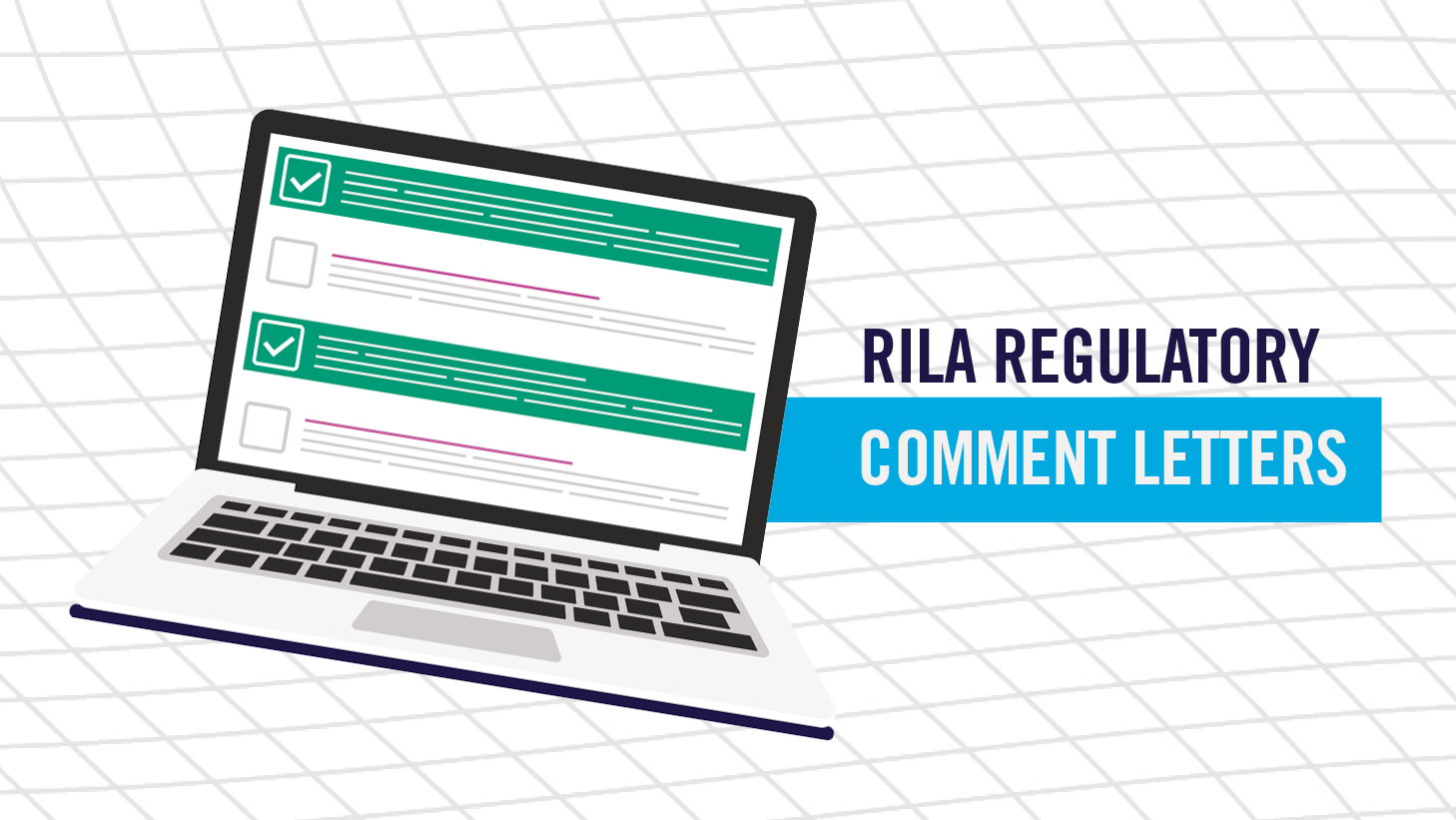How the IRA Can Help Retailers Meet ESG Goals
Two Workshops for RILA Members
- By [ Hana Greenberg ]
- 11/03/2022
This summer, President Biden signed into law the Inflation Reduction Act (IRA) – the Democratic reconciliation bill formerly known as Build Back Better. The bill focused on two things: deficit reduction and a $370 billion investment on long-term initiatives that will promote clean energy technologies and help create a grid that can deliver this new clean energy -- paid for largely with a corporate minimum tax, a methane fee for extractive industries, and prescription drug reform. RILA, a longtime advocate for corporate tax fairness and a clean energy future, endorsed the framework.
What it means for retail
Many across the industry expect these credits to play a growing role helping companies meet their emissions related ESG goals over time. The incentive for utilization of these credits is so strong three independent studies (see from Rhodium Group, Energy Innovation, and Princeton’s Zero Lab, respectively) all estimate these investments will lead to a roughly 40 percent reduction in U.S. emissions by 2032.
From powering stores and distribution centers to improving facilities and moving goods to market, the Inflation Reduction Act is chock full of opportunities to meet ESG goals and stakeholder expectations, all while reducing tax liability and long-term bottom line cost to retailers.
The details
For existing energy incentives in the tax code – subject to often annual, sometimes retroactive extensions since their initial passage in 2006 – a ten-year extension of the clean energy credits is a big step forward in its own right. This will relieve some of the uncertainty around the incentives that was a known deterrent to utilization. What’s more, transferability provisions promise to make clean energy tax credit investing even easier moving forward.
But IRA goes further than extensions and transferability. The act expands and creates new incentives across the energy space – including but not limited to technology neutral clean electricity generation; investments in clean transportation technology; home and commercial building energy efficiency; and industrial and agricultural incentives. From electric vehicles to water heaters, there are a number of products retailers sell to consumers that may qualify for new credits.
But for retailers across the board, there are several provisions in the Inflation Reduction Act of value regardless of your product lines. A new credit for commercial electric vehicles can apply to everything from passenger vehicles to heavy duty trucks, without the widely criticized domestic content requirements on the individual credit. The deduction for energy-efficient commercial building improvements was tripled.
There are dozens of different energy provisions in the Act. Retailers are encouraged to dig into them further for what would work best for their respective company.
Next steps
If you are looking to take advantage of the tax incentives for energy projects in the Inflation Reduction Act but don’t know where to start, RILA is hosting along with EY two member workshops on how to best optimize these new credits to meet both your tax and sustainability goals. These workshops will provide helpful use cases relevant to retailers and help inform RILA in drafting our coming comments ensure the industry is able to claim maximum credit value. Details and registration can be found below.
RILA + EY Workshop Sessions:
Friday, November 4th, 12-1 ET: Renewable Energy Production Credits & Tax Equity/Transferability. (Register here)
Wednesday, November 9th, 3-5 ET: Transportation & Building Efficiency Improvements. (Register here)
For more information, please contact RILA VP of Tax Hana Greenberg or VP of CSR Erin Hiatt.
Tags
-
Climate and Sustainability
-
Tax
-
Public Policy
-
Sustainability & Environment
-
Ensuring a Safe, Sustainable Future






